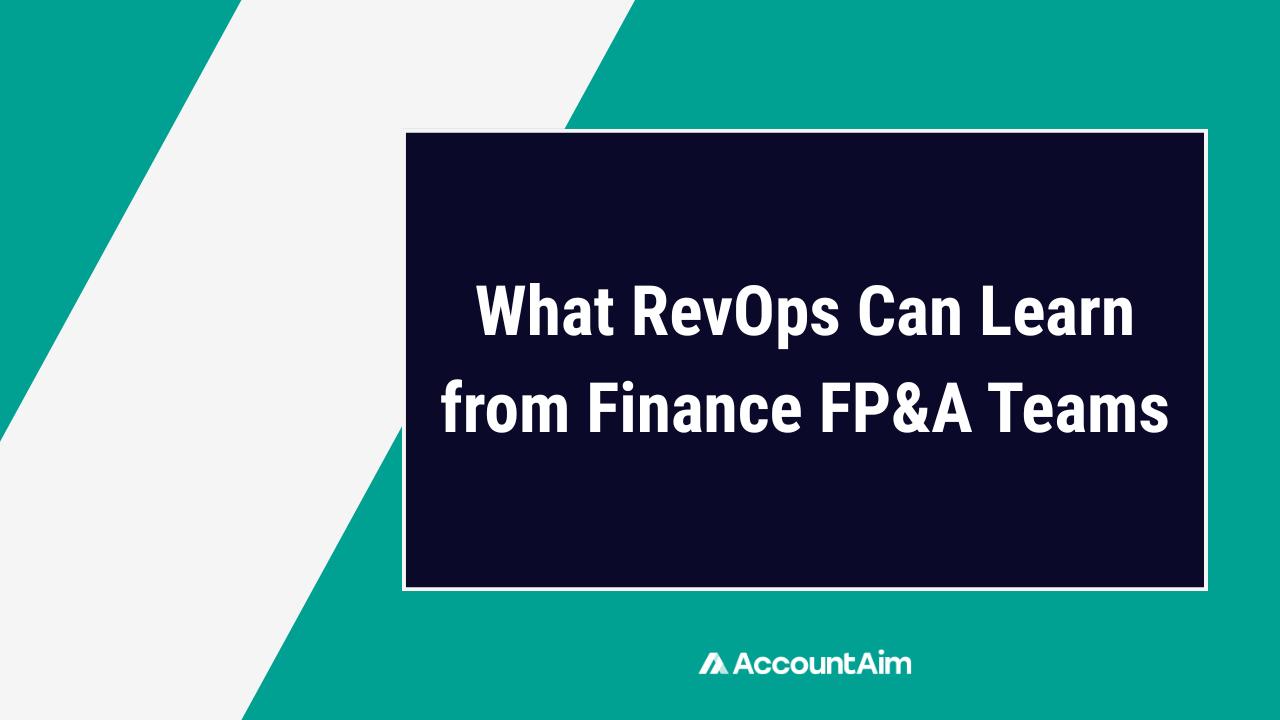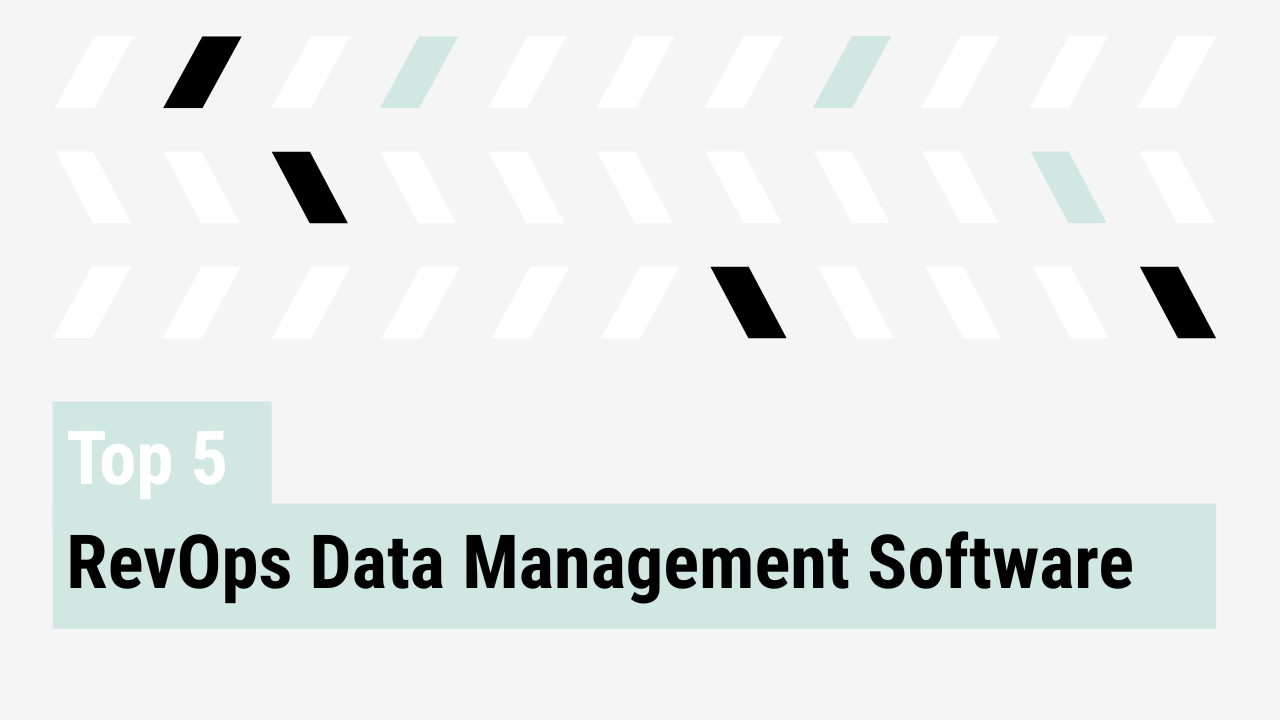Finance FP&A teams have long been trusted advisors to the C-suite. Their disciplined approach to forecasting, scenario planning, and performance analysis allows executives to make high-stakes decisions with confidence. RevOps strategic planning can borrow directly from FP&A’s proven playbook, using the same tools and mindsets to gain credibility, guide go-to-market strategy, and drive measurable business impact.
While RevOps has often been viewed as a tactical function (building dashboards, fixing CRM fields, and managing workflows) the real opportunity is much larger. By adopting the rigor of FP&A, RevOps can elevate its role from operational support to trusted business partner. The shift is meant to apply proven methods to bring clarity, accountability, and foresight to every GTM decision.
The discipline of driver-based planning
FP&A leaders know that the best forecasts do not rest on historical data alone. They are built on key operational drivers. Revenue, costs, and margins are tied to variables such as headcount, customer churn, or market pricing. This approach ensures that when drivers shift, leadership immediately understands the downstream impact. A small change in churn or a hiring delay flows through the model to reveal the revenue consequences.
RevOps can apply the same principle. Instead of simply extrapolating pipeline growth, teams should model forecasts based on GTM drivers like sales capacity, win rate, average selling price, and deal velocity. These inputs determine how much pipeline truly converts into revenue. By linking pipeline health back to drivers, RevOps provides executives with a clearer view of what matters most and where to intervene. A capacity gap or drop in win rate surfaces quickly, enabling leaders to focus on corrective actions before it is too late.
Rolling forecasts and scenario planning for GTM
Static annual plans do not survive in a volatile market. That is why FP&A teams rely on rolling forecasts, refreshed on a monthly or quarterly basis, to stay aligned with reality. They also build scenarios (i.e. best case, base case, and downside) that show leadership how results might unfold under different conditions. This combination of rolling updates and scenario planning provides agility, allowing companies to pivot without derailing strategy.
RevOps can adopt the same mindset. Instead of treating the annual sales plan as immovable, RevOps should update forecasts as pipeline data, rep performance, or market signals change. For example, a hiring delay may alter territory coverage and quota attainment. A sudden uptick in win rates could accelerate revenue beyond plan. By running scenarios that account for these variables, RevOps equips executives to prepare for multiple futures. This proactive planning builds confidence in the numbers and positions RevOps as the architect of GTM adaptability.
Variance analysis and credibility with leadership
One of FP&A’s most powerful practices is variance analysis, comparing plan, actual, and forecast to explain why numbers diverge. This discipline forces teams to surface the root causes behind performance gaps, whether positive or negative. When finance presents variances to leadership, they tell a story of what happened, why it happened, and what comes next.
RevOps should embrace the same approach. Too often, pipeline reviews focus on the “what” without unpacking the “why.” Executives do not just need to know whether pipeline coverage is at three times or four times. They need to know which campaigns drove it, which stages are converting slower than expected, and how forecast accuracy is trending. Introducing variance analysis into RevOps reporting elevates the conversation. It shows executives that GTM is actively managed, with clear accountability for addressing gaps and capitalizing on momentum.
The future: AI in FP&A and RevOps
FP&A teams are already experimenting with AI and machine learning to sharpen forecasts, detect risks earlier, and reduce the manual work of modeling. Instead of analysts spending weeks updating spreadsheets, AI-powered platforms can ingest data, flag anomalies, and generate updated forecasts in near real time. This shift is moving FP&A from number crunching to decision support, where insight and action matter more than inputs.
RevOps can follow the same trajectory. AI-driven account scoring, pipeline risk modeling, and predictive conversion insights give GTM teams an edge. Rather than debating which deals are “real,” AI can highlight risk factors and suggest next-best actions. This does not eliminate the need for human judgment, but it dramatically improves the accuracy and timeliness of insights. By adopting AI not as a shiny tool but as an integrated part of planning and forecasting, RevOps cements its role as a forward-looking partner to the business.
Bringing FP&A Discipline to GTM Planning
RevOps has the opportunity to replicate the journey FP&A has already taken, from tactical reporting to strategic leadership. The lessons are clear: anchor forecasts in drivers, refresh them on a rolling basis, analyze variances to build credibility, and embrace AI for sharper insights. Each of these practices moves RevOps closer to the C-suite by showing that GTM can be managed with the same rigor as finance.
RevOps strategic planning is not just about process. It is about becoming the function that executives trust to navigate uncertainty, allocate resources wisely, and deliver predictable growth. The sooner RevOps leaders adopt FP&A’s playbook, the faster they will gain the recognition and influence they have been seeking.



